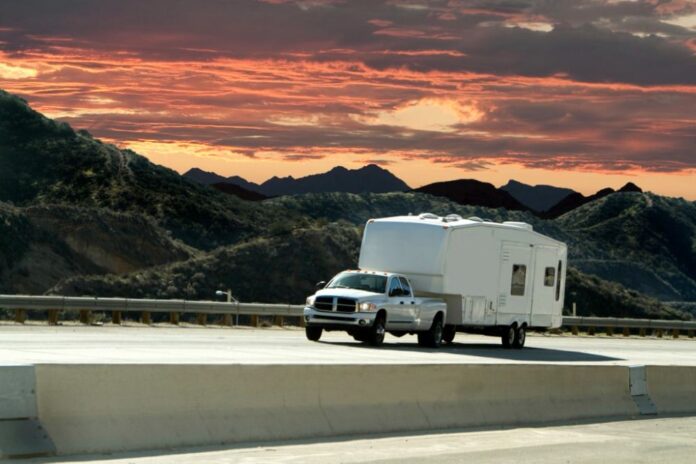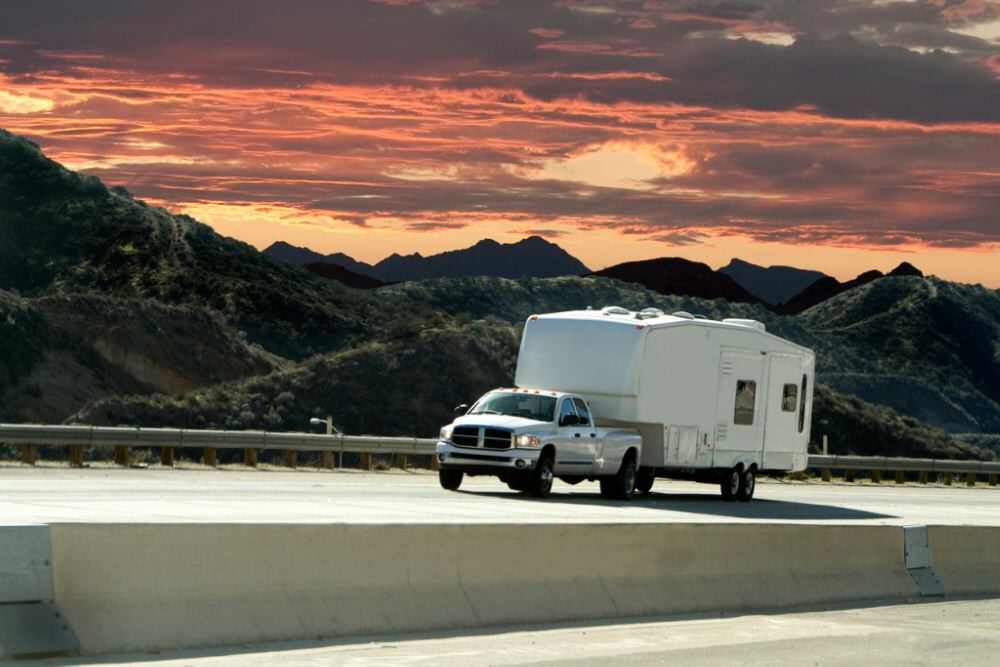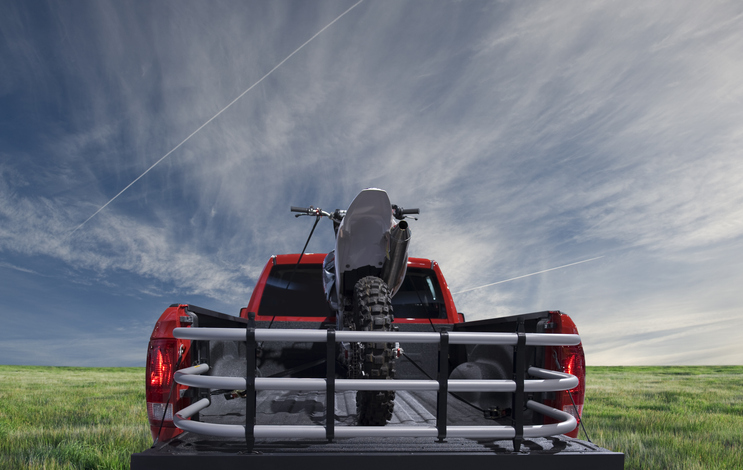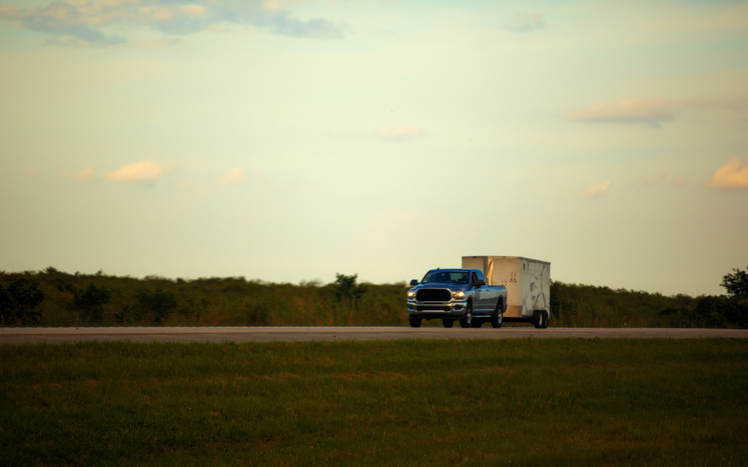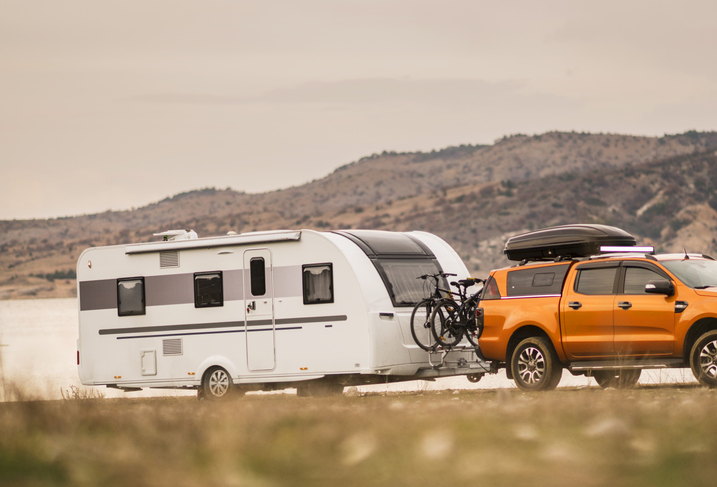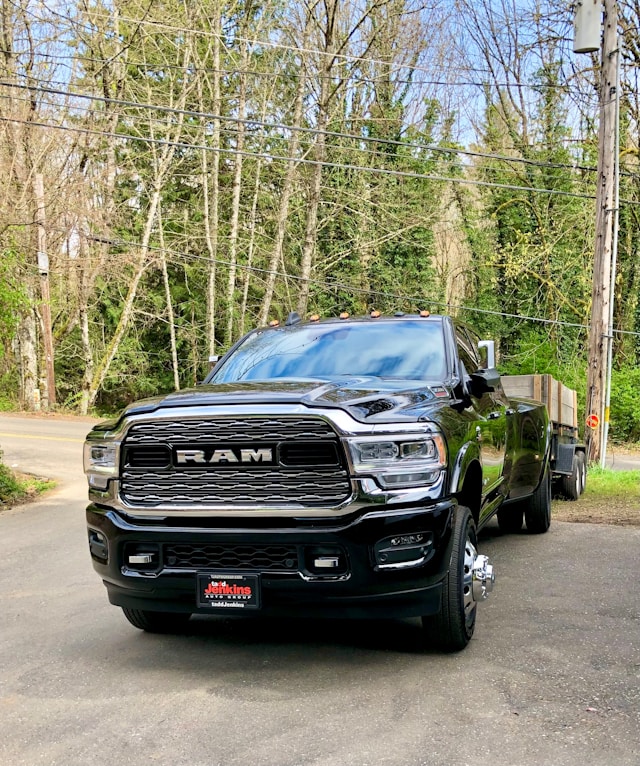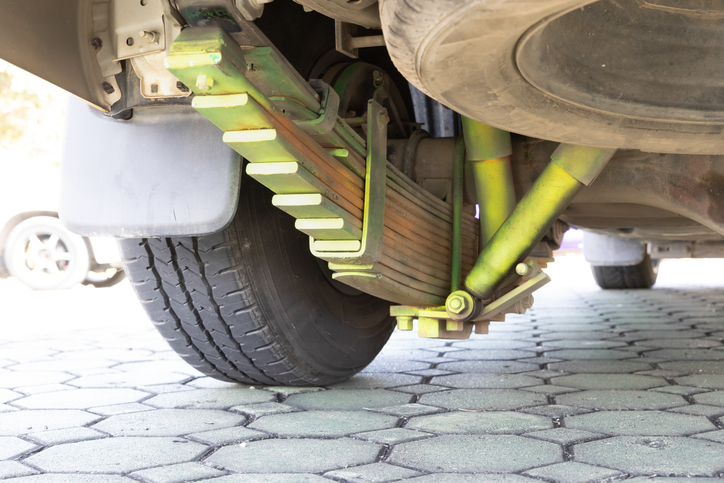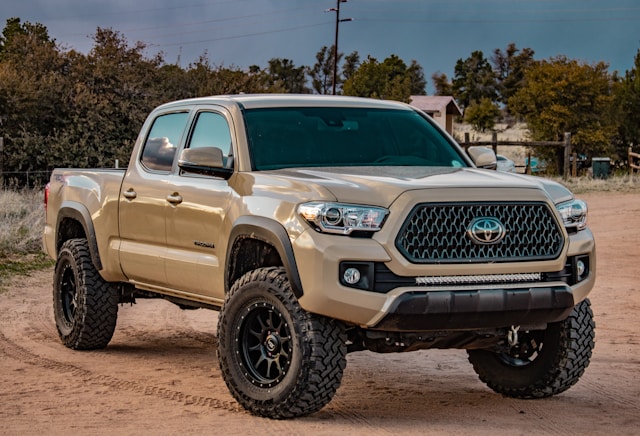Photo by MCCAIG via iStock
Overloading yourself with bags of groceries can strain your arms or throw you off balance. That’s why there are carts to carry these heavy items with ease.
The same thing can be said with trucks — like your arms, vehicles have weight restrictions that enable safe car handling. If you get past the limit, you put your safety at risk. Learn the difference between the payload and towing capacity, and the different methods to maximize what your vehicle can handle.
Table of Contents
- Payload Capacity vs. Towing Capacity<
- How to Determine Payload Capacity
- How to Determine Towing Capacity
- Comparing Payload and Towing Capacity
- Can You Increase Payload Capacity?
- Matching Your Truck to Your Needs
Payload Capacity vs. Towing Capacity
Many interchange the terms, but they mean distinct things. On an overland truck, payload capacity equates to the finite load it can safely transport in the bed. While the payload depends on the vehicle’s strength, its towing capacity relies on the engine power, structural integrity and other factors. Both are weight features that anyone planning to own a truck should keep in mind.
How to Determine Payload Capacity
Photo by kevinjeon00 via iStock
You can find out the payload capacity by subtracting the curb weight from the gross vehicle weight rating (GVWR).
Curb Weight
The curb weight is the truck’s weight, including a full tank of gas and other fluids that keep your car running, and excluding the passengers or cargo. Find the difference between the two to know the maximum load your truck can handle. For example, if it has a GVWR of 3,500 pounds and the curb weight is 3,000 pounds, it can safely transport 500 pounds.
Gross Vehicle Weight Rating
GVWR refers to the overall weight your vehicle can carry, including the passengers, cargo, driver and fluids. Trucks are classified between classes 1 and 8, which helps you determine the type of car you have:
- Light-duty: Trucks with GVWR of up to 10,000 pounds
- Medium-duty: Those with GVWR of between 10,000–26,000 pounds
- Heavy-duty: Vehicles with 26,000 pounds and more GVWR
You’ll find the GVWR near the door latch, frame or the owner’s manual.
How to Determine Towing Capacity
Photo by THEPALMER via iStock
Towing capacity is the total hauling load a truck can safely pull with a trailer, camper or boat. This number typically exceeds the payload capacity because the cargo mass rests on the trailer’s axles and not the truck’s shaft, allowing for more weight.
To get the towing capacity, subtract the curb weight from the gross combined vehicle weight rating (GCVWR) — the total weight of the vehicles, cargo and attached trailer. For example, if the GCVWR is 15,000 pounds and the curb weight is 6,000 pounds, subtracting the two will give you 9,000 pounds of maximum towing capacity. If you’re carrying other items or passengers, deduct their weight from 9,000 to find the remaining weight you can move in tow.
Another straightforward method to find the towing capacity is using the vehicle identification number (VIN) on the side dashboard, door jamb, insurance card and vehicle registration. You can get the GCVWR on the VIN, which you can use to calculate the maximum towing capacity after determining the curb weight.
Comparing Payload and Towing Capacity
Photo by ozgurdonmaz via iStock
It’s essential to know how payload and towing weights interact to understand the overall capacity of your vehicle better.
Types of Load
Payload carries the weight of the passengers and cargo while towing weight is the total load a vehicle can pull, typically with a trailer.
Impact on Vehicle Maneuver
Exceeding payload capacity can affect the ease of steering, braking, and vehicle stability when you make turns or perform instant maneuvers. Meanwhile, towing can slow the truck’s speed and heavy hauling can increase the stopping distance.
Factors Affecting the Numbers
The payload limit depends on the truck’s frame, design, tires, suspension and structural integrity. On the other hand, engine power, cooling systems transmission and towing package options determine the max weight it can drag.
Can You Increase Payload Capacity?
Photo by Dmitriy on Unsplash (license)
The truck’s payload capacity is fixed, so you can’t increase it. However, there’s a way to optimize the limited weight with some modifications. Approach these alterations carefully or consult a mechanic specializing in payload upgrades to avoid accidents.
Attach a Trailer
The best solution is to connect a trailer to the truck. Instead of carrying heavy cargo and straining the suspensions, a safer method is to tow. It provides you with the extra hauling space to maximize the payload capacity.
When attaching a trailer, get the appropriate receiver hitch. One of your checklists should be to know the class you have and the maximum gross trailer weight it’s compatible with to maximize how much you can carry.
Upgrade the Rear Springs
Photo by Toa55 via iStock
Like how changing a computer’s components to better quality can make it run faster and more efficiently, upgrading to heavy-duty springs, airbags and shocks will boost the truck’s handling when carrying heavier loads.
Improve the Load-Leveling Systems
Loading bulky cargo causes sagging suspension — the rear sags while the front elevates, resulting in stability and handling problems. Load-leveler suspensions help maintain a consistent ride height, allowing the truck to drive along any terrain with slight swaying.
Change the Tires
The tires carry the weight of the load, so changing to options with a higher load-carrying capacity will enhance the car’s ability to manage weightsome payloads while maintaining stability.
Reinforce the Truck’s Bed
You can also maximize the payload by extending the truck bed to accommodate oversized items. Switch the bed frames or buy an extender kit you can mount.
It’s best to stay on the safe side by restricting transportable loads. However, some tasks may require carrying weighty stuff beyond the vehicle’s capacity. If you’re unsure whether these modifications are possible, ask an expert for advice. Safety should be the priority.
Matching Your Truck to Your Needs
Photo by Dusty Barnes on Unsplash (license)
Consider your needs if you’re planning to buy a truck or an overlanding. Will you use it to transport heavier items? Will you travel with it along hard-to-navigate terrain with personal things in tow? While you can maximize your vehicle’s capabilities, the methods are limited to prioritize safety. Understanding payload and towing capacities is essential to help you determine which model matches your needs.
Regarding suspension enhancements to maximize payload capacity, consult a professional for less risky modifications. They’re the best people to assess whether upgrades are possible and safe for your current vehicle.
Author Bio
Jack Shaw is an accomplished automotive writer with a flair for adventure and a passion for all things off-road. Having written for notable sites such as Modded, Ford Muscle, Offroad Xtreme, and more, his articles are a testament to his knowledge and love for the automotive industry.
Friendly disclaimer: Our articles may contain affiliate links that support us without costing you more, and sometimes we spice things up with sponsored content—but only for products we truly stand behind!



